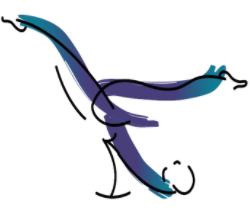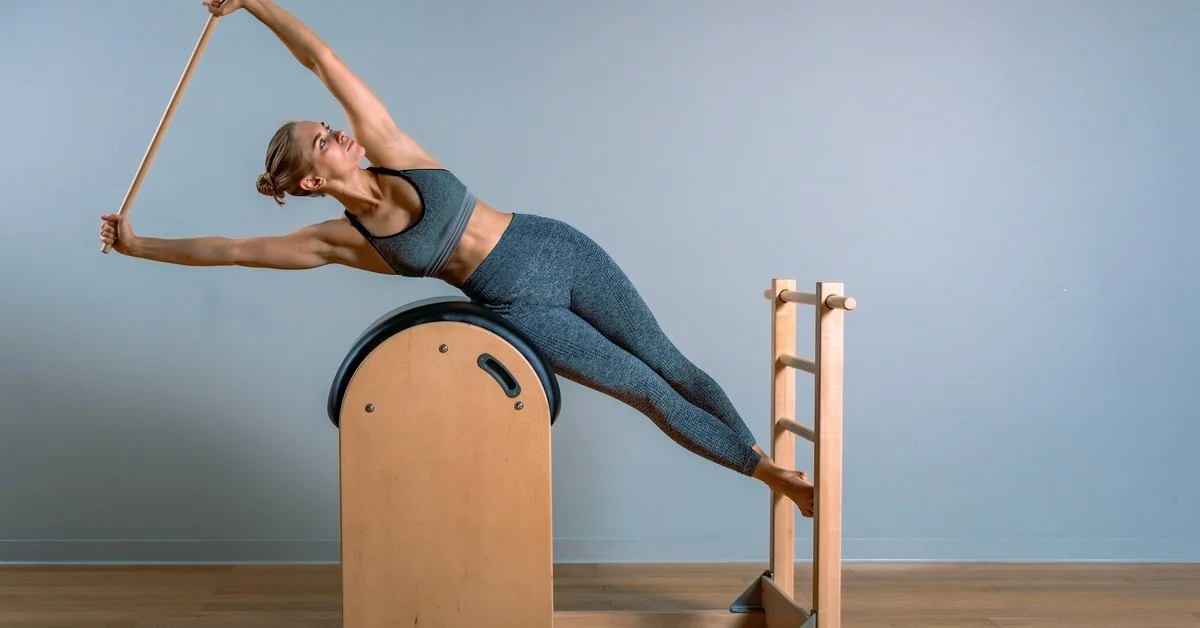Pilates for Pilots: Fitness for Flight Success
Piloting an aircraft is a skill that demands physical stamina, sharp mental focus, and long hours of concentration. For individuals training to become pilots, preparing the body and mind to meet these challenges is just as vital as learning aviation protocols. This reason is where fitness through an exercise like Pilates comes in handy.
By improving core strength, flexibility, posture, and overall well-being, Pilates sets aspiring pilots up for long-term success in their aviation careers. The following are ways Pilates benefits pilots and promotes fitness for flight success.
The Physical Demands of Flight Training
Pilot training often involves grueling schedules, extended periods of sitting, and frequent physical and mental strain. Pilates addresses these challenges by focusing on strengthening the core.
A strong core supports proper posture, reducing the risk of back pain that can arise from hours spent in a cockpit. Pilates improves flexibility, helping pilots combat stiffness in the hips, legs, and shoulders caused by limited movement in flight.
Better posture and spinal alignment, two key outcomes of Pilates practice, are invaluable in preventing musculoskeletal issues that might otherwise hinder a pilot’s performance. And with its emphasis on controlled breathing and concentration, Pilates equips pilots with tools to manage both physical fatigue and mental stress effectively.
Benefits for Private and Commercial Pilot Aspirants
Whether you’re training for private or commercial flying, Pilates can prepare you for the unique demands of each path. Private pilot training typically focuses on mastering small aircraft, often in less structured environments.
Flexibility and adaptability are essential, as private pilots often need to respond to rapidly changing weather conditions or irregular flight schedules. Pilates supports these requirements by enhancing physical agility and promoting calm under pressure.
Commercial pilot training, on the other hand, develops skills for larger aircraft and typically involves rigorous, regulated schedules. Pilates can help commercial pilot trainees sustain the physical endurance and mental clarity that such demands necessitate. No matter which route you pursue, Pilates can lead to improved circulation. This increase will help reduce discomfort from prolonged sitting or long international flights and enhance your overall health.
Stress Management in the Cockpit
The mental pressures of flight training are as significant as the physical ones. Handling complex equipment, troubleshooting under time constraints, and maintaining focus for extended hours can take a toll.
Pilates incorporates mindfulness techniques that encourage calmness and clear-headedness, critical traits for aspiring pilots. By learning to control your breath and balance your body, you can build resilience to manage high-stakes situations effectively.
Long-Term Health and Injury Prevention
Pilates for pilots facilitates long-term fitness for flight success, as pilots don’t just need to stay fit during training but throughout their careers. Consistent Pilates practice strengthens muscles and improves overall balance, reducing the risk of common injuries, particularly in areas like the neck, shoulders, and lower back. This ongoing physical preparedness ensures that you can meet the job’s demands for years to come.
Prepare for Flight With Pilates
Building an aviation career requires more than technical skills. It demands peak physical and mental fitness. Beyond improving your strength and flexibility, incorporating Pilates into your routine equips you to handle the unique challenges of flight training.
Plus, it creates a foundation for long-term well-being as a professional pilot. If you’re starting your flight training journey, consider adding Pilates to your regimen. It’s effective in preparing your body and mind for the skies ahead.


